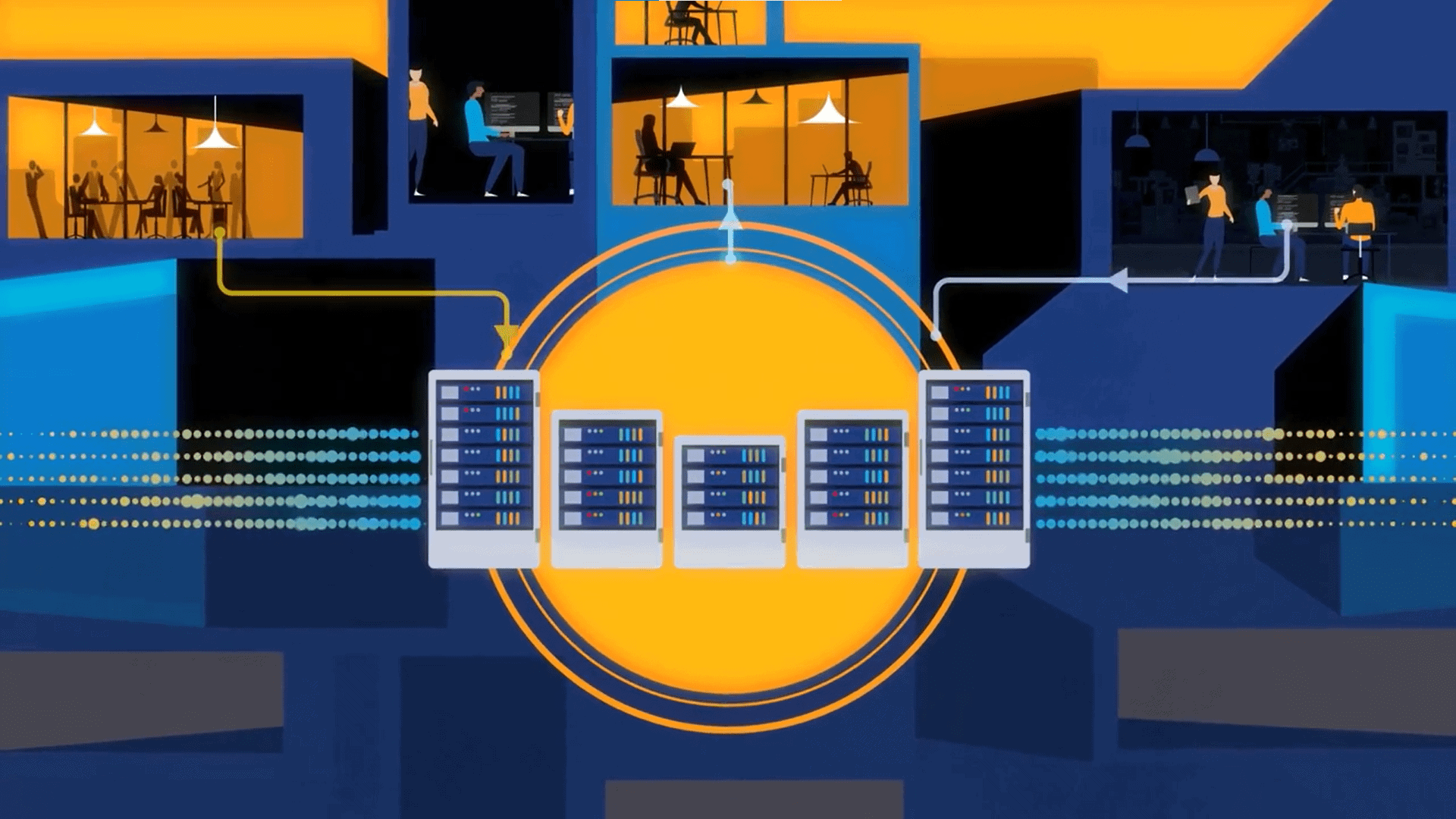
It’s time to redefine DevOps, not as a set of tools or rigid methodologies, but as a human-centered, technology-enabled movement towards shared accountability and better software delivery.
Think back to when DevOps first captured the software development world’s imagination. It promised transformation. We looked forward to a utopia where developers and operations teams worked hand in hand, building software faster and finding empathy for each other’s struggles.
DevOps was a philosophy. It was an idealistic movement aimed at tearing down silos and creating shared accountability. All of this would enable us to deliver better outcomes.
So, what happened? We’re over a decade in, and today’s conversations about DevOps are increasingly focused on tools and processes, rather than collaboration.
It’s more than a little ironic. In place of collaboration, the relationship between developers and operators degenerated into a cycle of finger-pointing.
But wait. Before we write DevOps off, let’s consider whether it may have simply been a concept ahead of its time. Where human collaboration once faltered, AI opens up new possibilities. Concepts like Zero DevOps and platforms such as System Initiative offer a whole new approach to building and delivering software, inviting us to embark on a new chapter for DevOps.
Can the same hopeful movement, powered by new technology, finally fulfill its original promises? After so many years of stagnation, can automation be the key that rebuilds trust between two disparate groups of humans?
See also: Why and How to Enhance DevOps with AIOps
Why DevOps fell short of its promises in the past decade
Let’s take a minute to look back. The name says it all. DevOps was launched to foster shared ownership and collaboration between developers and operators by assuring us that the way forward was to break down silos and work toward unified goals.
It sounds impressive, right? Except, somehow, the grand idea fell apart when we put it into practice. The answer as to why this happened? Cultural misalignment.
Put simply, developers and operators tend to have different and even opposing priorities. Developers push for velocity because their goals are to ship faster and deploy continuously. Operators, on the other hand, aim for reliability and stability because it’s their job to make these systems run smoothly long-term. Teams wound up battling each other instead of working together to solve problems.
The lofty mission of DevOps was to knock down silos between development and operations teams, but that didn’t happen. In reality, breaking long-standing organizational structures and cultural habits proved much more difficult.
Companies tried to implement DevOps by simply mandating the use of new tools, resulting in communication between departments that was surface-level at best. Things inevitably went wrong, and when they did, the blame game began. Developers pointed fingers at operations when deployments failed, while operators criticized developers for having chaotic codebases. Tools advanced, but the human problems remained unresolved.
The result? Many organizations reduced DevOps to a checklist of tools, making arguments along the lines of, “We’re doing DevOps because we use Kubernetes, Jenkins, Ansible, Terraform…” However, this over-focus on tooling creates an illusion of progress while ignoring the deeper collaborative challenges.
Tools are facilitators, not the solution. Cultural practices and communication didn’t evolve along with technical implementations. And that caused the promise of DevOps to fade into mediocrity.
See also: A Key Factor Your DevOps is Missing: Process Discovery
How automation can rebuild trust after a decade of stagnation
Automation isn’t an automatic cure-all for DevOps teams. In fact, when teams first employed automation tools, things got worse. But now, new platforms like System Initiative take us beyond automation’s enabling role to actively rebuild the relationship between developers and operators.
Modern automation platforms don’t just automate workflows; they bring visibility, and visibility creates accountability. Shared dashboards display the same logs and processes for all teams, making information accessible to all stakeholders. Clear visibility removes ambiguity between developers and operators. The ultimate benefit is that a shared source of truth facilitates trust.
But there’s more. When automation handles repetitive tasks like infrastructure setup and testing, it reduces the number of manual handoffs between teams. Standardizing deployments and testing environments automates away so much of the friction caused by misaligned practices. The consistent environment fosters greater confidence between stakeholders.
And here’s the final piece of the puzzle: advanced automation tools, including infrastructure-as-code platforms, cloud-native solutions, and ML-assisted monitoring, enable operations teams to proactively optimize their environments. What does this mean for everyday collaboration? Rather than being relegated to reactive troubleshooting, operators can now actively improve their workflows.
What emerging models like Zero DevOps mean for the industry
Zero DevOps is a new concept in the industry, and it’s gaining momentum. The premise is that we’ll abandon the idea of splitting responsibilities between development and operations entirely. Development teams will build, test, deploy, scale, and maintain software in production. We achieve this through tightly integrated automation that makes operational tasks entirely manageable within the development team’s ecosystem.
It’s a radical approach, but Zero DevOps answers many of the frustrations with traditional DevOps implementations. By centering responsibility within a smaller, more cohesive team, the silos that DevOps tried to eliminate could disappear altogether. Operations experts would function as enablers, crafting infrastructure architectures and automation systems that development teams can self-manage. The concept signals a growing discontent with how we’ve siloed expertise, and a call for extreme simplification powered by automation and AI.
The new potential for DevOps?
So, what does all of this mean for DevOps? Should we abandon the philosophy entirely? Or should we embrace its evolution?
Here’s the truth: DevOps as a concept isn’t dead, but it needs a fresh take. Platforms like System Initiative, which promise collaborative automation and living systems driven by real-time intelligence, could take us closer to the original spirit of DevOps. These tools use AI and shared automation to make software transparent and genuinely collaborative.
The next evolution of DevOps won’t focus on dividing responsibilities. Instead, it will move toward creating unified environments where developers and operators aren’t separated by artificial boundaries. Automation and AI will help us bridge old human gaps, allowing teams to focus on what they do best: problem-solving and innovating.
After more than a decade of stagnation, the winds of change are here. It’s time to redefine DevOps — not as a set of tools or rigid methodologies, but as a human-centered, technology-enabled movement towards shared accountability and better software delivery.
The next chapter is as much about collaboration as the first one was. The biggest difference now is that machines can finally help us carry the load.






























